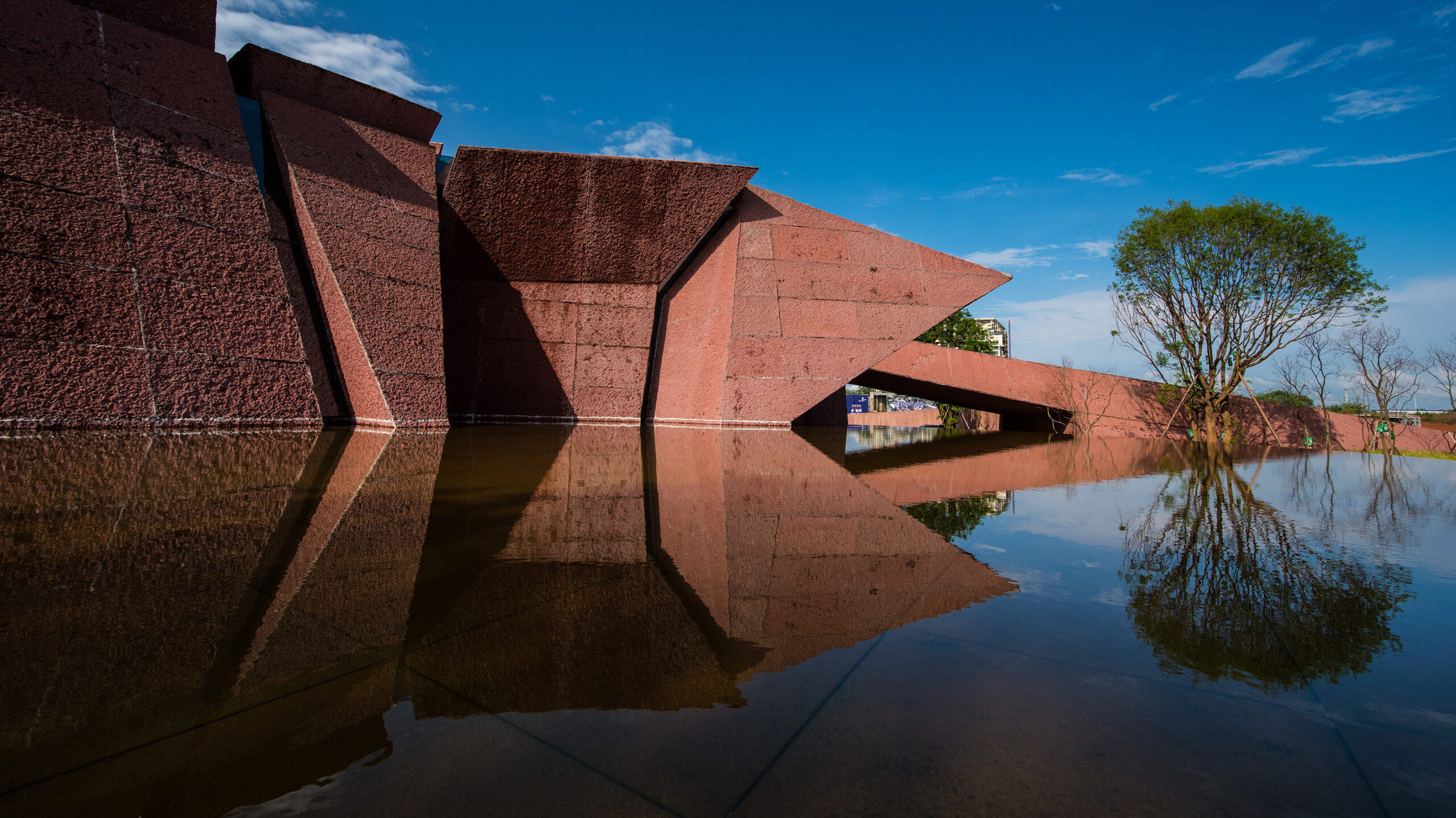The latest edition of “Architizer: The World’s Best Architecture” — a stunning, hardbound book celebrating the most inspiring contemporary architecture from around the globe — is now available. Order your copy today.
Planning a trip to China? Make sure Chengdu is on your itinerary! As the capital of Sichuan Province, Chengdu is one of those cities that offers something for everyone. Known for its spicy cuisine and adorable giant pandas, Chengdu is also emerging as one of China’s top architecture and design hubs.
Situated in the fertile Sichuan Basin and surrounded by mountains and rivers, Chengdu has long been an agricultural heartland. With a population of over 16 million, it’s a lively metropolis where cultural heritage and modern design intertwine. The city features stunning projects, from museums and expo centers to creatively designed restaurants and community spaces. It’s no wonder it has been a common location for A+Award-winning projects in recent years.
From modern cultural landmarks to scenic parks, Chengdu has a lot to offer for design lovers and enthusiasts. With that in mind, we’re sharing 15 projects in (and around) the city that will convince you to include it on your travel list.
Longmenshan Town · Woyun Platform
By Archermit, Chengdu, China
Jury Winner, 11th Annual A+Awards, Cultural & Expo Centers


This building serves as the gateway to the National Giant Panda Forest Park and incorporates elements like bamboo forests, clouds and local geological features. The elevated “white bamboo forest” functions as an open meeting space for the surrounding villages, with a dome that transforms into a starry universe at night.
The Panda Pavilions
By Atelier Ping Jiang | EID Arch, Chengdu, China
Jury Winner, 12th Annual A+Awards, Sustainable Cultural Building
Chengdu Museum of Contemporary Art, Tianfu Library of Humanity and Art
By CSWADI, Chengdu, China
Jury Winner, 12th Annual A+Awards, Libraries
The Chengdu Museum, with its expansive glass walls and skylights, aims to blend art with nature, offering engaging contemporary exhibitions.
Meanwhile, the terraced Tianfu Library, known as “Book Mountain,” uses reading platforms and book walls to create a dynamic space for exploration.
Minjiang Village Courier Station
By MUDA-Architects, Chengdu, China
Danjing Pavilion of Longquan Mountain Urban Forest Park
By Chengdu Architectural Design and Research Institute, Chengdu, China
Chengdu Museum of Natural History
By Pelli Clarke & Partners, Chengdu, China
Garden Hotpot Restaurant
By MUDA-Architects, Chengdu, China
Jury Winner, 8th Annual A+Awards, Restaurants
Qionglai Bamboo Pavilion
By UNO Architects, Qionglai City, Chengdu, China
Chengdu Science Fiction Museum
By Zaha Hadid Architects, Chengdu, China
Designed by Zaha Hadid Architects, the building features fluid, futuristic forms that perfectly reflect the spirit of science fiction. Integrating with the natural lakeshore, the museum features interconnected pedestrian routes that weave through indoor and outdoor spaces, linking exhibition galleries, educational facilities, cafes and other amenities.
HDC Design- CHUAN HSI PA TZU
By Design Aesthetics, Chengdu, China
Luxelakes Expo Center
By Antoine Predock with Chengdu Wide Horizon Investment Group, Chengdu, China
The building spans from one to nine floors, incorporating galleries, restaurants, meeting rooms and a performance hall with a stunning red sandstone café wall. The exterior materials include low-maintenance bush-hammered concrete, structural glass glazing and locally sourced granite and bronze cladding.
With public pathways, plazas and green roofs extending from the surrounding park, the Luxe Lake Gateway provides an immersive, nature-filled experience that artfully combines modern design with traditional influences.
Sliced Porosity Block
By Steven Holl Architects, Chengdu, China
Jury Winner, 2nd Annual A+Awards, Architecture +Photography & Video
Xinshan Community Center and Library
By VARI Design, Chengdu, China
The building’s double-curvature roof is divided into three sections, each housing unique communal spaces. Highlights include an interior amphitheater for gatherings, quiet reading balconies and a flexible coffee and atrium area.
Design-Oriented Day Trips From Chengdu
Shanshui Firewood Garden
By Mix Architecture, Yibin, China
Popular Choice Winner, 11th Annual A+Awards, Sustainable Hospitality Building
Designed with pierced wood structures and low eaves for ventilation, the project uses durable materials like bamboo weaving, mud walls and red sandstone. The building adopts a cross-style layout, featuring large eaves and an arc-shaped inner courtyard that create a fluid and dynamic space. Prominently featured in the design is firewood, a vital element of rural life, alongside red sandstone and small blue tiles, resulting in a rich, textured aesthetic.
Qujiang Museum of Fine Arts Extension
By Neri&Hu Design and Research Office, Xi’An, China
Popular Choice Winner, 12th Annual A+Awards, Museum
The building uses cast-in-place concrete for the base and metal cladding with louvres for the facade, bringing light into the interior spaces. The design includes a series of escalators leading to the underground museum, creating a dramatic entry experience.
The latest edition of “Architizer: The World’s Best Architecture” — a stunning, hardbound book celebrating the most inspiring contemporary architecture from around the globe — is now available. Order your copy today.
